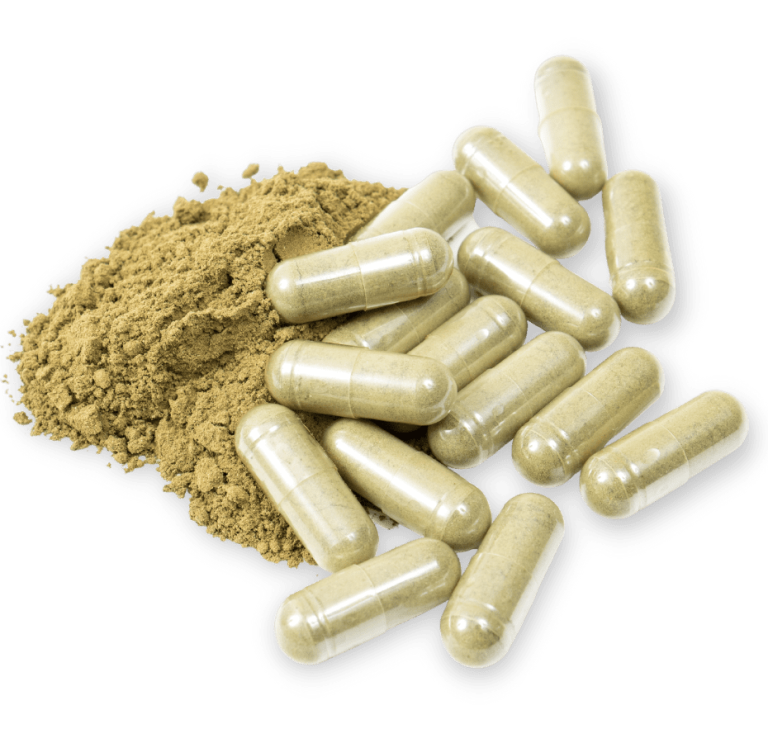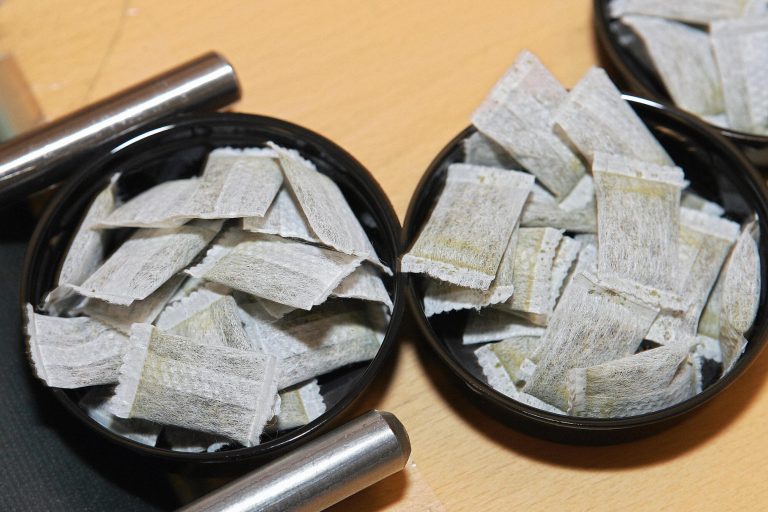Practice Mindful Consumption with Nicotine Pouches That Deliver Precision
Finding balance in our consumption is vital in a society teeming with distractions. For those who want control and regularity in their intake patterns, nicotine pouches have surfaced as a contemporary answer. These pouches provide a means to consume nicotine in a careful, intentional approach with choices that allow for accuracy. A brand like VELO offers a chance to leave behind conventional practices and welcome a new degree of intentionality. Innovative thinking and conscious decisions produce a more concentrated experience.
Control Over Dosage and Timing
Mindful eating is about knowing precisely what and when you are putting into your body. Nicotine packets let you dose completely. These pouches let you incorporate measured, progressive intake into your routine without waste or excess. Each pouch’s accuracy provides a consistent, obvious feeling that helps one to control consumption over time. People can more closely match their behaviors to their specific objectives by changing the quantity of nicotine ingested. Brands like VELO go further for individuals who value accuracy by guaranteeing every bag is consistent, so enabling users to be confident in their decisions.
A Refined Experience of Nicotine Use
A refined way to use nicotine raises awareness of the present instead of just behaving out of habit. Users can develop a more deliberate relationship with what they consume by removing needless processes and concentrating on the experience itself. Nicotine pouches fit this exact approach by offering regulated experiences that may be customized to fit particular requirements. This is particularly important in a society that values awareness and where goods like VELO guarantee the experience is more than simply habitual. It becomes a way of life, aiming to reduce distractions and maximize concentration.
Elevating Your Routine
Mindful eating is about improving the experience as well as controlling intake. Choosing a product that allows for accuracy not only helps to save waste but also improves your daily life. Without feeling hurried or out of control, nicotine pouches let one have a steady, balanced experience. This intentionality goes beyond the simple act of eating; it weaves into other areas of life where mindfulness and balance are crucial. Every pouch provides a specific quantity; hence, your experience is not only exact but also part of a bigger dedication to purposeful life.
Practicing mindful consumption with nicotine pouches helps people to include nicotine in their lives more intentionally and carefully. Users can improve their experience by means of control, refinement, and intention, transforming what could have been a basic habit into a conscious practice.







